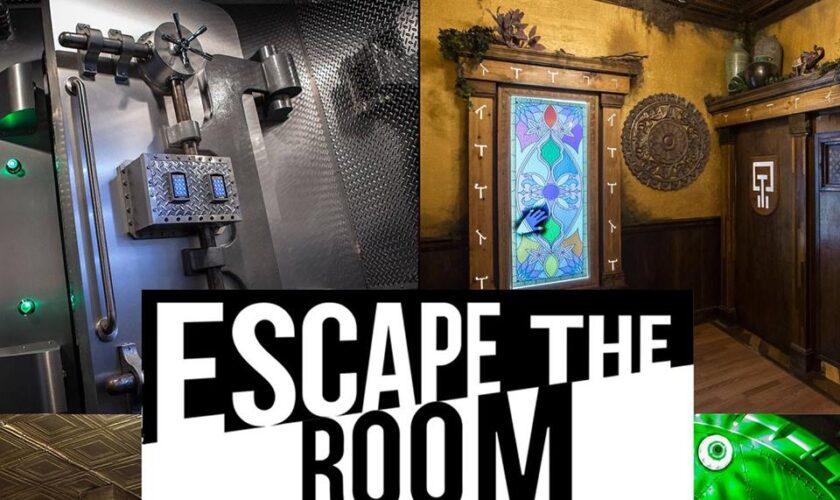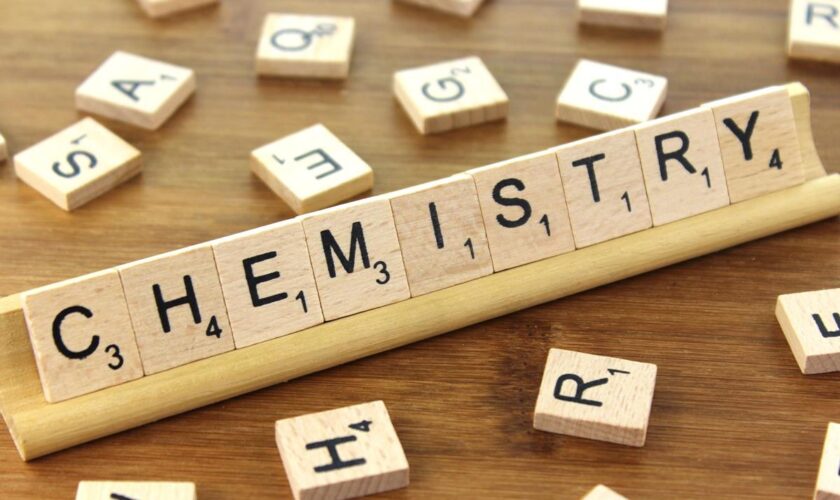You may have hypothesized that Virtual Escape Room Singapore is not identical to rooms in person, but one thing is certain that it is enjoyable. Look at the list of tips and tricks to get you some virtual getaway space before reserving the next internet game or first.
Keep Up With The Openness
Either you analyse bits of information or try to settle a riddle in the game, your party needs to communicate with each other regularly. No thought, so if you see something you think worth studying or pursuing, make a sound. No thought is an unrealistic idea. It isn’t difficult to chat about each other after a virtual break, but if you forget what someone says, go back to them. Transporting the game as a party will help you get away and make the game as fun as you can imagine. It is one reason why immersive break rooms are conducive to wonderful business community workouts.
Go Through The Guide
Check the space first thing continuously with your Game Guide. Your Game Guide is a vital device in any Virtual Escape Room Singapore. It is important to look for signs and data and find out about your errand. Please get your Game Guide postponed or switch back to something fascinating you might find. Ask for a symbol if anything else fails. There are plenty of riddles in breakrooms to solve, and bear in mind that it is fun to do so, do not let the party stand up for a very long time on one topic. One measure of the simulated rooms is that you don’t exist, but you can ask for an indication of fact like every other breakroom.
The Bottom Line
In a simulated break game, it is crucial to get and stay organized. A few areas of the game are confused, and you must track the signs, the objects, and the types of locks and codes to be disabled. At times, without opening another one, one lock cannot be unlocked. Your dashboard can also help you remember which bits of details or items you found too much.


